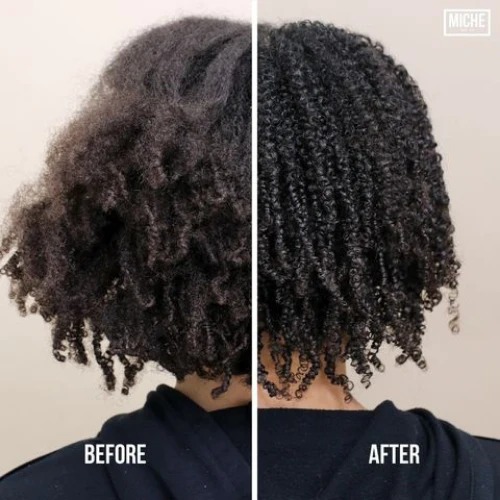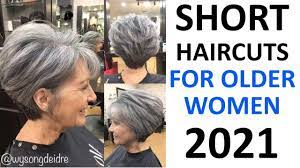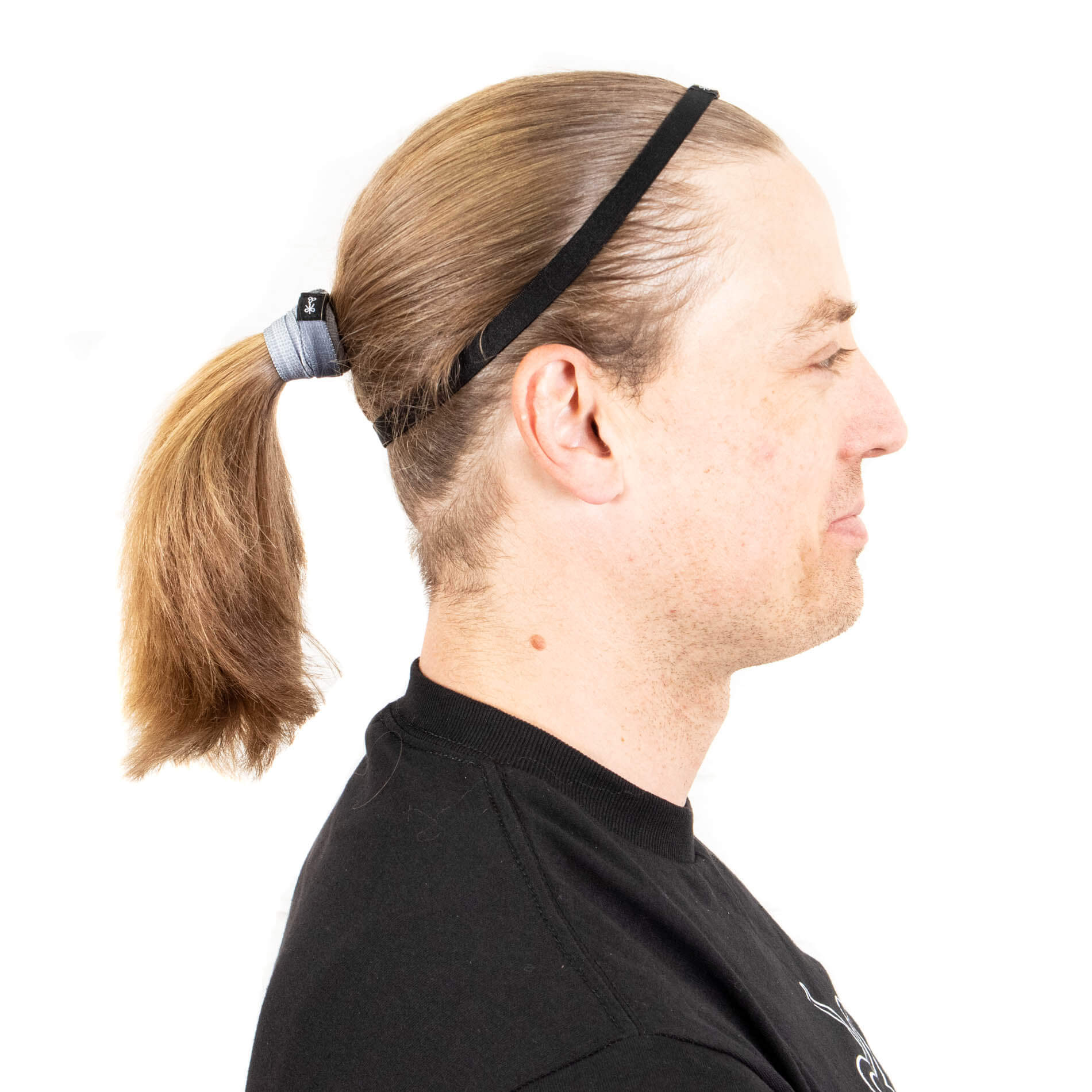A few factors can contribute to high porosity hair: genetics, overprocessing, and chemicals. Porosity can also be caused by physical trauma or damage to the cuticle layer. It may also result from exposure to the environment. If you have this condition, make sure to use the right hair products to combat it.

Moisturizing deep conditioner
If you suffer from high porosity hair, you need a deep conditioner that is formulated with ingredients that repair and strengthen damaged strands. Protein, which is a part of your hair, helps seal the cuticle and provides a protective layer for your Hair. It also helps retain moisture.



When looking for a deep conditioner for high porosity hair, look for one with cetearyl alcohol and polyquaternium-37. Both are known to smooth cuticles and add shine and elasticity to your tresses. Ingredients that protect hair against damage are essential for high-porosity Hair, and these ingredients can also help reduce shedding and thinning.


If you want to prevent dandruff, you can start by washing your hair twice. First, use a clarifying shampoo to remove excess product and oils that might have built up in your Hair. Then, use a deep conditioner that contains humectants.
High-porosity hair needs extra moisture, which can be provided by thick moisturizing products, such as leave-in conditioners and butter. NaturalReign prefers to use thick leave-ins for her high-porosity hair. Light leave-ins don’t add enough moisture and require daily washing.
Deep conditioners for high-porosity hair should be moisturizing to the scalp and nourishing to the roots. A deep conditioner should be rich enough to coat the Hair and the scalp and should be easy to work into the scalp. It should also have good slip to make detangling easier.
In addition to moisturizing deep conditioners, you should also try to use gentle shampoos. Avoid using sulfates-based shampoos because they tend to strip the moisture from the hair. Those with high porosity hair should opt for shampoos that contain hydrating elements, such as coconut oil or cocoa butter.
Weekly masks
One way to combat the problem of high porosity hair is to use weekly hair masks. These masks will deep penetrate hair strands, leaving them looking smooth, soft, and moisturized. When choosing a hair mask, you need to consider your hair type, porosity, and overall hair condition. You can try different products and find the one that works for you. If you don’t have the budget for salon treatments, you can create your own masks at home and save money.
Protein treatments are another great way to repair high porosity hair. These treatments will help strengthen and replenish the keratin in your hair. You can find keratin treatment shampoos, conditioners, and leave-in conditioners containing concentrated protein. For example, the Nexxus Keraphix hair care system includes shampoo, conditioner, reconstructing treatment, and a mask.
One great mask for dry hair is a yogurt-and-honey combination. It will help revive your locks because the yogurt fat acts as a moisturizing agent. The raw honey in this mask also helps seal in moisture and prevent breakage. These masks can even be used to prevent your hair from tangling.
Another hair mask that works wonders is an avocado mask. This mask is rich in vitamins A and E and helps repair damaged hair follicles. It also locks in moisture along the hair shaft, making it easier to detangle. This mask can be applied to damp or dry hair and can leave it soft and manageable.
When it comes to choosing a hair masque, it is essential to determine your hair type. The best masks depend on your hair’s texture, porosity, and curl pattern. If you have thin hair, you’ll need a lightweight, creamy masque that absorbs easily. And if you have coarse, frizzy, or colored hair, you’ll want a hair masque with more moisture to help repair the damaged strands.
Protein treatments
For high-porosity hair, protein treatments are an excellent choice. They help to seal the cuticles and minimize frizz. These treatments also work well in combination with deep conditioning treatments, which are necessary for high-porosity hair. You should use protein treatments at least twice a month to improve the condition of your hair.
Protein treatments can help repair damage caused by the sun, heat tools, or chemicals. High-porosity hair is especially vulnerable to these problems because the cuticles don’t snap together tightly. Fortunately, protein treatments can help repair damaged hair while adding strength and elasticity. These products contain hydrolyzed proteins that are designed to mold directly to the hair follicle, giving hair a smoother appearance.
One protein treatment that’s formulated for high-porous hair is the Verb Protein Treatment. This treatment contains vitamins, natural oils, and nutrients that help repair damaged hair. You can apply the treatment to damp hair and leave it on for five to seven minutes. The product contains quinoa protein, green tea extract, and honey.
To achieve the best results with protein treatments for high-porous hair, you need to make sure that your hair is well-hydrated. The right products will keep it hydrated and prevent further damage from occurring. You can set a weekly or daily moisturisation schedule. You can also use a leave-in conditioner to increase the amount of moisture in your hair. Protein treatments for high-porous hair need to be combined with a good moisturizer.
High-porous hair can be a challenge to keep healthy and moisturized. These strands are prone to breakage and tangles. It can also be very hard to grow.
Frequency of hair washing
High porosity hair is very porous, so it needs special care. It absorbs water quickly, takes a long time to dry, and requires frequent clarifying washes. It is also susceptible to damage from chemical treatments. To avoid these problems, it’s recommended to wash hair at least once a week.
A regular hair wash can help you prevent breakage and split ends. Hair with a high porosity can also be very damaged by over-manipulation, heat, and chemicals. A regular clarifying wash will help eliminate buildup and make it easier to manage.
It’s also important to treat high porosity hair with protein treatments. The protein in a protein treatment will fill in the gaps in the cuticle of the hair, which makes it less likely to break. It should also be regularly trimmed. Using a conditioner that contains keratin protein is recommended to keep the hair strong and moisturized.
To determine whether your hair is high-porous or not, you can use a simple test. Dip a small section of your hair into a glass of water and check how quickly it sinks or floats. If it takes a short time to sink, it’s probably high-porous.
You can also use a hair mask to cleanse your hair and prevent breakage. You can use rice water as a rinse for your hair. Rice water has a number of benefits for the hair and scalp, so it’s worth trying. A hair mask can help protect your hair, and it can improve your overall health.
Although high-porous hair is more likely to fall out than hair with a low porosity rating, high-porous hair is still easy to manage. High-porous hair can still be styled, but it’s prone to dryness.

